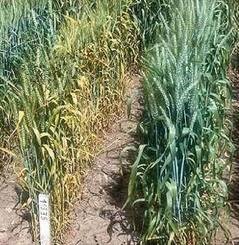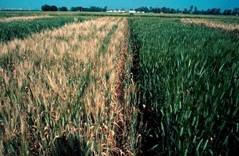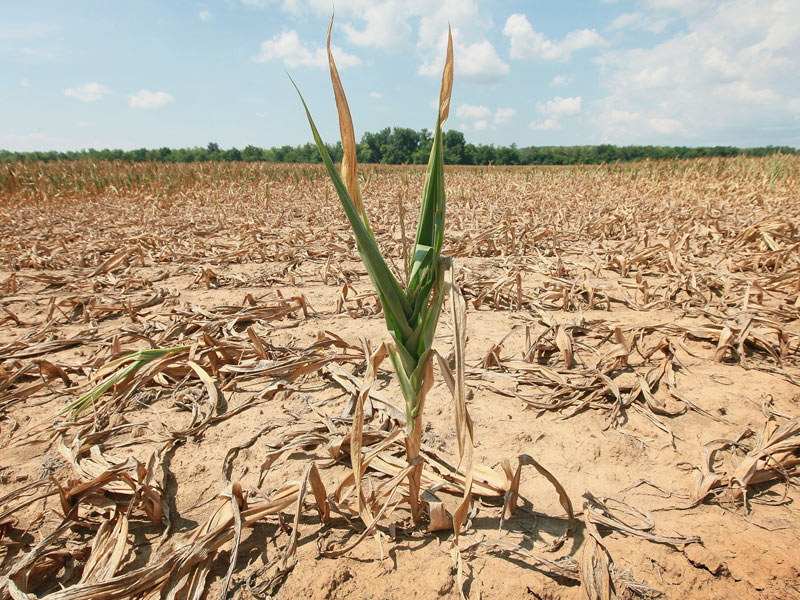ADDED APPENDIX:
Technical details of chemical desiccation treatment of wheat breeding materials
The treatment can be used to evaluate advanced lines (>F3) for grain filling from stem reserves. It can be used, together with grain sieving, to affect mass selection for grain filling from stem reserves in segregating populations.
- Plantingof materials for chemical desiccation should be performed in rows spaced at least 30 cm apart (in mass selection work) or in nursery rows (for evaluating advanced lines). Such spacing would allow the spray to reach the lower parts of the canopy. Tests of advanced lines are planted under two treatments: desiccation and non-treated controls. The test is planted under non-stress conditions to avoid any reductions in kernel weight in the controls. This is achieved by assuring sufficient moisture and by controlling leaf diseases during grain filling. The test is performed by comparing the reduction in kernel weight from controls to the treated plots. The reduction in grain yield may also be used.
Work in mass selection should be confined to genetic materials that do not segregate extensively for heading date, otherwise the treatment will simply shift the population towards earliness, as an avoidance mechanism. This, however, may at times be a desirable goal of selection.
- Spray treatment is generally applied to each genotype at 15 days after heading, or at any other common time which coincides with the onset of the exponential phase of grain filling at the specific test site. Later flowering genotypes (>1 week) in which grain filling is generally subjected to higher temperatures, should be sprayed at a comparatively earlier time, e.g.13 days after heading.
The spray may consist of solutions of magnesium chlorate, sodium chlorate or potassium iodide, all at 0.4% active ingredient. Magnesium chlorate may be more difficult to purchase. The chlorates are more aggressive treatments and leaf desiccation can be seen in 1 to 2 days after spraying. Potassium iodide is milder and the effect can be seen 3 days after treatment. With chlorates the leaves are desiccated and bleached while with potassium iodide the leaves turn yellow.
The spray is applied manually (usually with a back-sprayer) to the whole plant to full wetting, including the ears. In nursery rows it is possible to avoid spraying the ears, if considered desirable.
- “Percent reduction in kernel weight” by chemical desiccation is obtained by comparing mean kernel weight under desiccation with mean kernel weight in the controls, for each tested genotype.


NOTE: This method does not simulate drought stress. It simulates a condition where grain filling proceeds with no transient photosynthesis, relying mainly on use of stem reserves.








